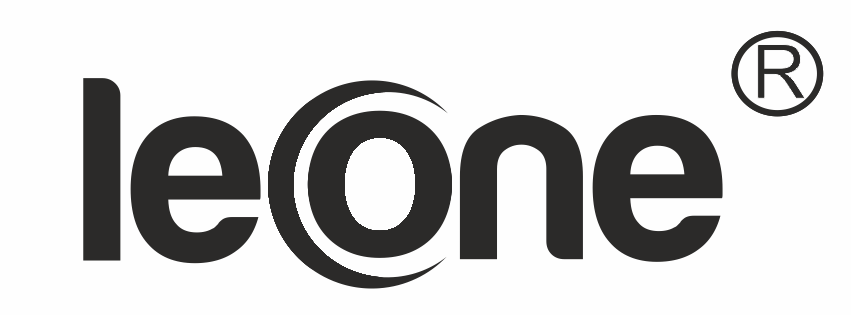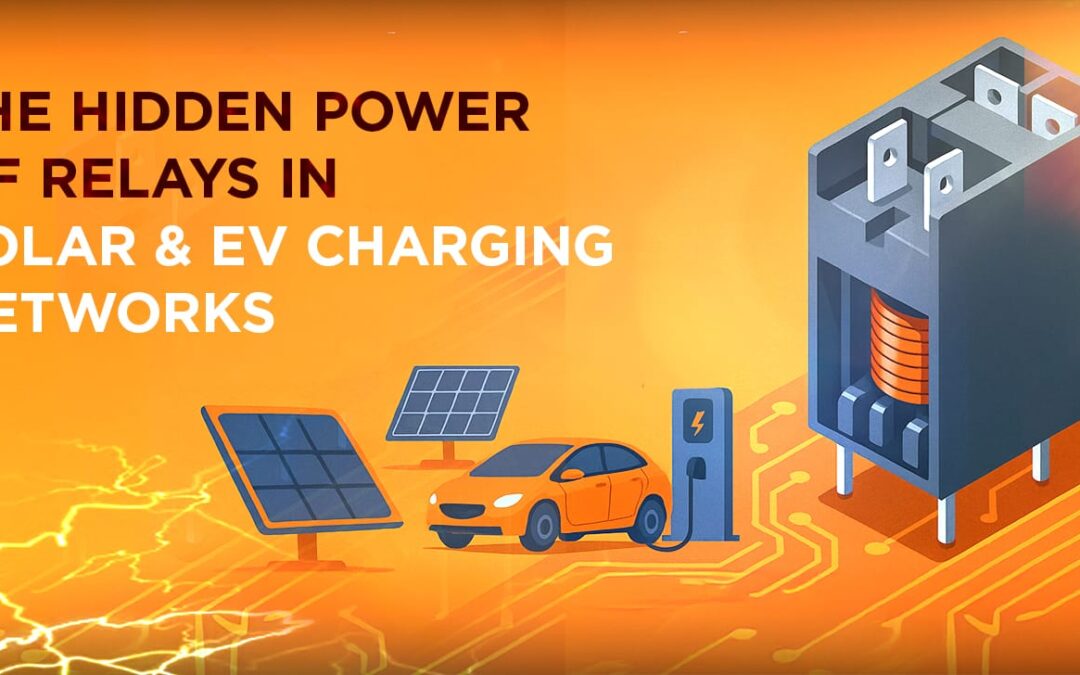In 2025, as the world strides towards clean energy and electrification, relays are quietly becoming the unsung heroes behind the seamless operation of solar farms, wind turbines, and EV charging stations. Though often overlooked, these compact components play a colossal role in ensuring safety, reliability, and intelligent control in today’s green energy grids.
According to the International Energy Agency’s (IEA) Renewables 2025 Report (January 2025), renewable electricity capacity additions are projected to reach 510 GW this year—30% higher than 2024, with solar and wind accounting for over 90% of this growth. At the heart of these powerful systems lies a tiny but mighty force: the relay.
Let’s uncover how relays are enabling the green energy revolution—quietly but powerfully.
1. Relays in Solar Power Systems
Solar energy is booming. As of February 2025, India alone added over 12.4 GW of solar capacity in just the first two months of the year (Mercom India Report, March 2025). With each megawatt of capacity comes the need for precise load switching, surge protection, and system isolation—key areas where relays shine.
Key Roles of Relays in Solar Systems:
- DC Switching: Relays provide safe, efficient switching in DC circuits where traditional breakers struggle.
- Inverter Isolation: Electromechanical relays isolate faulty inverters from the grid to prevent system damage.
- Overcurrent Protection: They act instantly to isolate panels during faults or overloads.
A 2025 IEEE study highlighted that high-performance relays improve the MTBF (mean time between failures) of photovoltaic systems by up to 36%, enhancing system reliability and uptime.
Advanced Technologies: Solid-state relays (SSRs) are gaining ground due to their noise-free operation and fast switching in solar inverters. However, electromagnetic relays still dominate where cost-efficiency and isolation are critical.
2. Relays in EV Charging Stations
The EV ecosystem is charging up faster than ever before. According to the BloombergNEF Electric Vehicle Outlook 2025, over 14 million EVs will be sold globally this year, with EV charging stations expected to reach 4.2 million by the end of 2025.
Relays in EV charging stations manage
- Contractor operation for safe charging/discharging
- Power load balancing
- Fault detection and circuit isolation
- Communication with vehicle-side controllers
A survey by EV Infrastructure Tech India (March 2025) showed that 92% of Level 2 and DC fast-charging stations in metro cities now use at least three relays per charging point for redundancy and safety compliance.
As bidirectional charging (V2G) becomes mainstream in 2025, relays are crucial in handling energy flow between the grid and vehicle—protecting systems from reverse current, voltage spikes, and thermal overload.
3. Relays in Microgrids and Smart Grids
Relays are vital in the distributed energy landscape—balancing loads, protecting assets, and enabling communication between systems. In India, over 7,800 MW of microgrid projects are in various stages of deployment as of April 2025 (MNRE India).
In these intelligent networks, relays support:
- Grid-tied switching
- Anti-islanding protection
- Smart energy metering interfaces
- Remote diagnostics and reset
Modern relays with modular DIN-rail mounting and IoT-ready interfaces are bridging the gap between conventional hardware and smart analytics. Leone’s smart relay solutions now support cloud diagnostics, which reduces field inspection needs by over 60% (Field Energy Tech Review, 2025).
Why Leone Relays Make a Difference
While relays are common components, not all are created equal. In harsh energy environments like solar deserts, offshore wind farms, or fast-charging EV hubs, relays must offer:
- High dielectric strength
- Thermal resistance
- Low contact resistance
- Consistent arc suppression
Leone Relays, with over three decades of innovation, now offers relay solutions rated for 100,000 mechanical cycles and dielectric withstand up to 5,000 V RMS, ensuring performance even in mission-critical grids.
Our R&D team continuously integrates materials like AgSnO₂ and contact geometry optimization to ensure minimal contact erosion and arc formation.
Internal benchmarking tests (Q1 2025) found Leone’s relays outperform global competitors in thermal derating by 22%, ensuring longer life under high load and temperature extremes.
How Global Policies Are Increasing Relay Demand
As governments tighten safety norms and push for net-zero targets, relay-based protection systems are becoming a mandatory requirement in green infrastructure.
According to the National Electric Code 2025, new solar + storage installations above 50 kW must include:
- Dual-pole relays for isolation
- Fail-safe relays for inverter shutdown
- Arc-fault detection relays
Similarly, India’s Ministry of Heavy Industries mandates relay-integrated protection in all public EV chargers under the FAME-III policy (effective March 2025).
Conclusion: Why Relays Matter More Than Ever
Despite their size, relays hold immense power in keeping our renewable grids and EV infrastructure running smoothly, safely, and smartly. As energy becomes decentralized, digitized, and decarbonized, the need for reliable relays will only grow stronger.
Key Takeaways:
- In solar systems, relays enhance safety, isolation, and surge protection, improving reliability by up to 36%.
- In wind energy, relays reduce turbine downtime by 28% and perform under vibration and moisture stress.
- In EV charging, relays manage bidirectional flow, protect against overcurrent, and support grid synchronization.
- In microgrids, smart relays enable real-time diagnostics, IoT integration, and system balancing.
- Why Leone: Leone Relays provide superior endurance, thermal tolerance, and compliance with 2025 regulations.
Looking Ahead
As clean energy continues to surge in 2025, relays will be more than just components—they’ll be the connective tissue of sustainable progress. And Leone Relays is proud to be powering that progress, one silent switch at a time.


